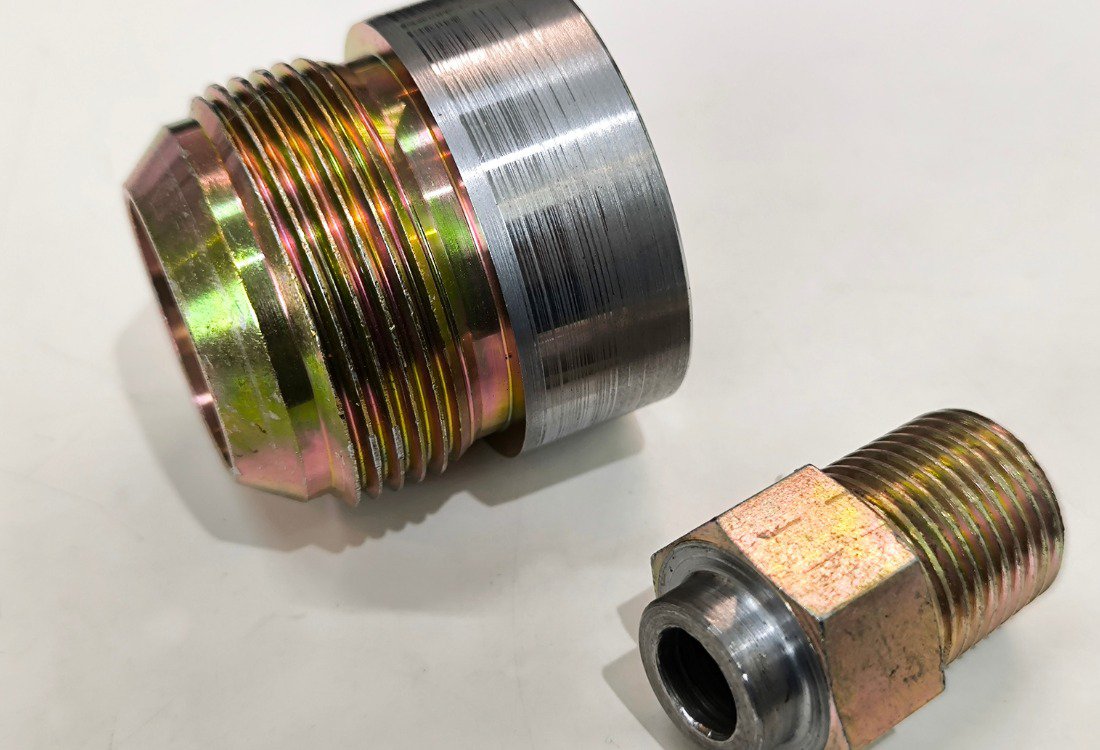‘Digital Twins’ have a distinctively sci-fi ring in an industry that is famously down-to-earth and grounded. Fluid power systems use some of the same physical processes that have powered machinery and industrial applications for decades, if not centuries. However, as part of the wider move towards Industry 4.0 (characterised by network integration and control among industrial applications and processes) in many sectors, these fluid power systems are becoming smarter, more efficient, and more complex. And with complexity comes a greater risk of error, as well as a lengthier and more expensive development lead time.
One of the innovations created to counteract this trend is the digital twin, a virtual replica of a physical system that allows engineers to simulate, monitor, and optimise performance without the expense or limitations of depending solely on physical prototypes. Understanding this technology’s capabilities is essential for engineers working with the newest generation of fluid power applications. Let’s find out more:
How Is Digital Twin Technology Used In Fluid Power?
A digital twin is essentially a dynamic software replica of a physical fluid power system that continuously updates using data drawn from sensors embedded in the actual equipment. This interface is what distinguishes a digital twin from other static CAD models or traditional simulations. Digital twins create a living connection between a physical and virtual model, allowing unprecedented visibility into system performance and troubleshooting. In fluid power, a digital twin could represent anything from a single hydraulic cylinder to complex pneumatic control circuits, or even an entire manufacturing production line. The software can capture up-to-date measurements of pressure, temperature, flow rates, and component positions, feeding this information into a sophisticated mathematical model that mirrors the physical system’s behaviours with remarkable accuracy.
Applications: How Digital Twins Are Used In Various Sectors
- Manufacturing and industrial automation: digital twins are extremely useful in manufacturing environments in which fluid power systems, supported by hydraulic test equipment, drive a range of critical processes. In injection moulding operations, for instance, digital twins can simulate real time filling and packing processes, allowing engineers to optimise cycle times and improve energy efficiency. Digital twins have also shown promise in workpiece turnover mechanisms and automated assembly lines, helping to maintain greater quality and consistency over high volume production runs.
- Aerospace: the aerospace industry has embraced digital twins for a range of critical flight control systems, particularly as the sector transitions away from traditional hydraulic actuators to electro-hydrostatic actuators. Digital twins allow engineers to test their systems comprehensively under extreme operational conditions that would be dangerous or impractical to replicate physically.
- Automotive: meanwhile, in the world of automotive manufacturing, digital twins are used by engineers to simulate a range of complex breakdown scenarios, to test anti-lock braking algorithms, and to optimise system response time without needing a physical prototype. This capability has proven particularly beneficial in developing advanced driver assistance systems, in which precise hydraulic control and the performance of hydraulic fittings is critical for driver safety.
Predictive Maintenance Capabilities
Not only are digital twins used fruitfully at the development stage of an application, but can also be applied throughout its life to streamline maintenance requirements. In fact, digital twins excel at predictive maintenance, helping to move businesses away from reactive and scheduled maintenance models towards a personalised and data driven approach. By feeding performance data into the digital twin, the simulation can detect subtle changes in system behaviour that indicate a developing problem. For example, the digital twin could detect subtle but anomalous vibration patterns in a hydraulic system that indicate bearing wear, allowing a more intelligent approach to scheduled downtime and component replacement.
Find Out More
Get in touch with the team at HydraStar today to find out about our market leading range of fluid power components, and how our team can support you to boost performance, efficiency, and safety.
Image source: Canva


